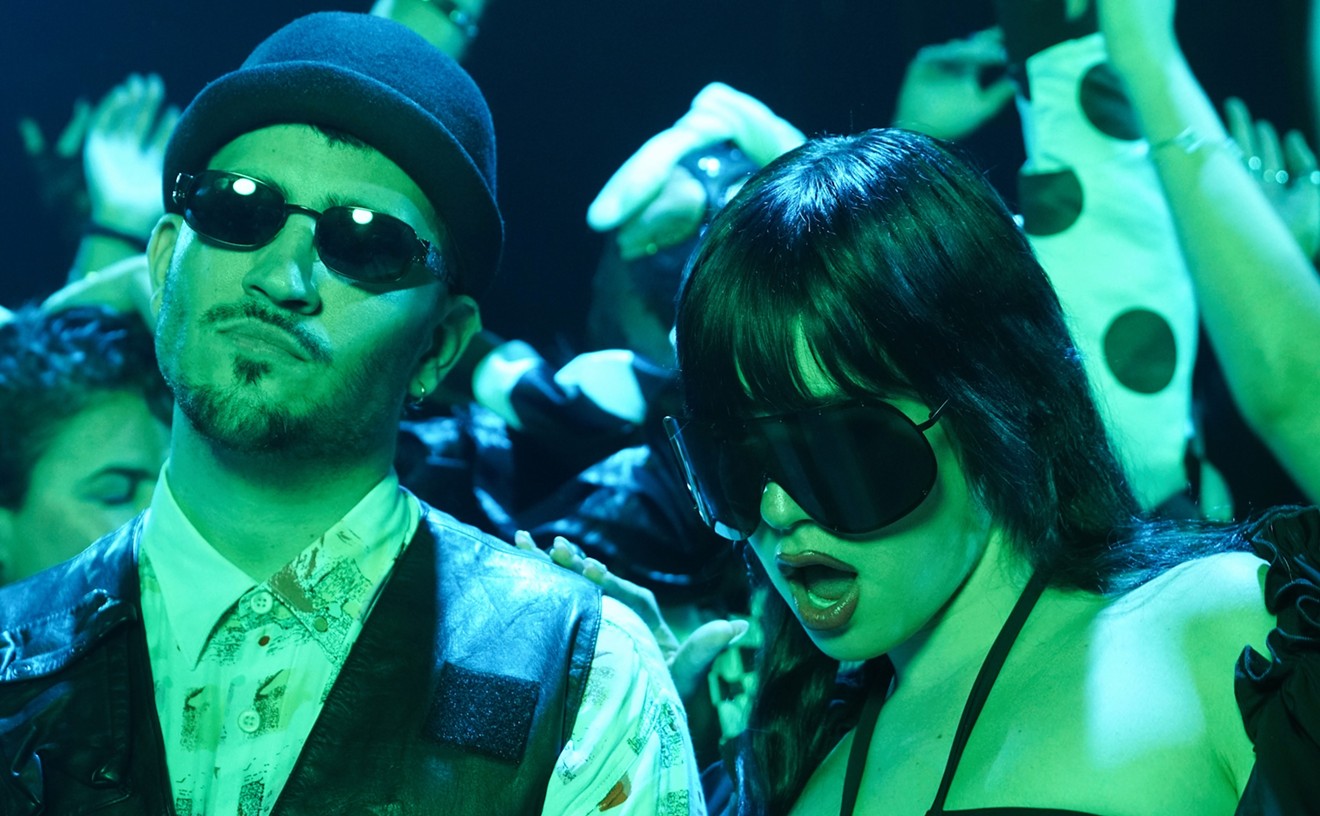Meanwhile, a dreary day in Miami is enough to break spirits and plans. South Florida gets nearly twice as much sunlight as Berlin each year, so it’s no surprise Miamians are accustomed to the sun like Berliners are accustomed to poetically dismal weather forecasts.
Despite this difference, Berlin and Miami have a lot in common. Both cities are defined by their mix of international residents and both tolerate a steady stream of tourists. And, most importantly to this piece, both cities are top-tier party towns on their respective sides of the Atlantic.
Still, the cities' club scenes are as different as their weather patterns. We wondered what Miami, oft regarded as the clubbing capitol of America, could learn from its bleak, black, Old World counterpart. Our Berlin-based correspondent weighed in.
Curate crowd with German engineering
Rank Berlin’s clubs by your chances of getting rejected and you’ll have an approximate list of the city’s best to worst venues. This might seem to halt fun, but the finicky door folk
Miami's bouncers look at facial features, high-fashion sense, and apparent finances to determine your worth. Berlin’s door bitches consider your passion to party and potential to fit like a cog in their club machine. In Miami, you want to stand out. In Berlin, you need to fit in to get in.
No one speaks in the limbo of the line. At Berghain — a club so infamous, the New Yorker ran a feature piece on it — the herd of wannabe attendees
Wretched as the wait may be, everything inverts inside the club. Pretense and prejudice become taboo; what was fixed becomes flexible; conversations between strangers abound; differences are
Curating such a crowd is more of an art than a science, and it takes experience. Miami's bouncers refer to a list. Berlin’s turn to intuition, like sommeliers of clubbing cuisine.
No mirrors, no photos
Proper partying unites the ego with the
A dance floor selfie is a flagrant foul. Spill your drink on us. Steal our lighter. Make long distance calls when you borrow our phone. Just please, please do not pose for a picture in front of the DJ booth, or the bar, or the bathroom, or anywhere.
On any given night in one of Miami's mega-clubs, you're liable to see more selfies than a Kardashian family reunion.
Photos are verboten at Kater Blau, a quintessentially Berlin club, once an illegal squat, now tucked to the side of a metro line along the river Spree. To enforce the rule, they put little stickers over your cellphone camera lens as a deterrent and reminder. One strike and you’re out.
But Berliners still love to capture moments and we’re all suckers for nostalgia, so inside Kater you’ll find a retro photo booth where a two euro coin buys a strip of four, small, black-and-white photos – tangible reminders of times you won’t remember.
Less cover, provide
Even with some big-name DJ on the bill, Berlin clubs rarely charge more than $20 cover. Berghain’s €16 ($18) entry fee is seen by many as extreme. “Berlin ist arm, aber sexy,” mayor Klaus Wowereit quipped over a decade ago, and the “poor but sexy” slogan still applies. Few Berliners are willing to break the bank on
But these parties last for days, as James Murphy recalls on LCD Soundsystem’s “North American Scum.” It’s not uncommon for an event to start Saturday and finish Monday morning. Of course, only Übermensch can party without recess, so you’re almost always free to come and go as you please. Reentry is the rule rather than the exception. Door bitches even drop the attitude once you’ve been admitted, and they’ll welcome you back warmly, as long as your stamp hasn’t rubbed off in transit.
The 305 got a taste of this sort of party style last Miami Music Week with Damian Lazarus' 24-hour Get Lost party. Attendees enjoyed a lax reentry
In Berlin, cirus-like clubs like Sisyphos make huge efforts to keep you around by supplying all domestic essentials and then some. A kiosk inside stocks everything from lollipops to cigarettes. A food truck sells goods from coffee and croissants to personal pizzas. There are plenty of cushions in private and quiet places if you ever need to rest. And from floor to floor, the music varies from techno to house and everything in between to suit your current groove.
Going out is an adventure in Berlin that may last days. In contrast to Miami’s 12-hour sprints, Berliners try to ride that high through the peaks and troughs of euphoria, as if leaving is defeat. Venues perpetuate that mentality and accommodate it by giving guests no reason leave.










